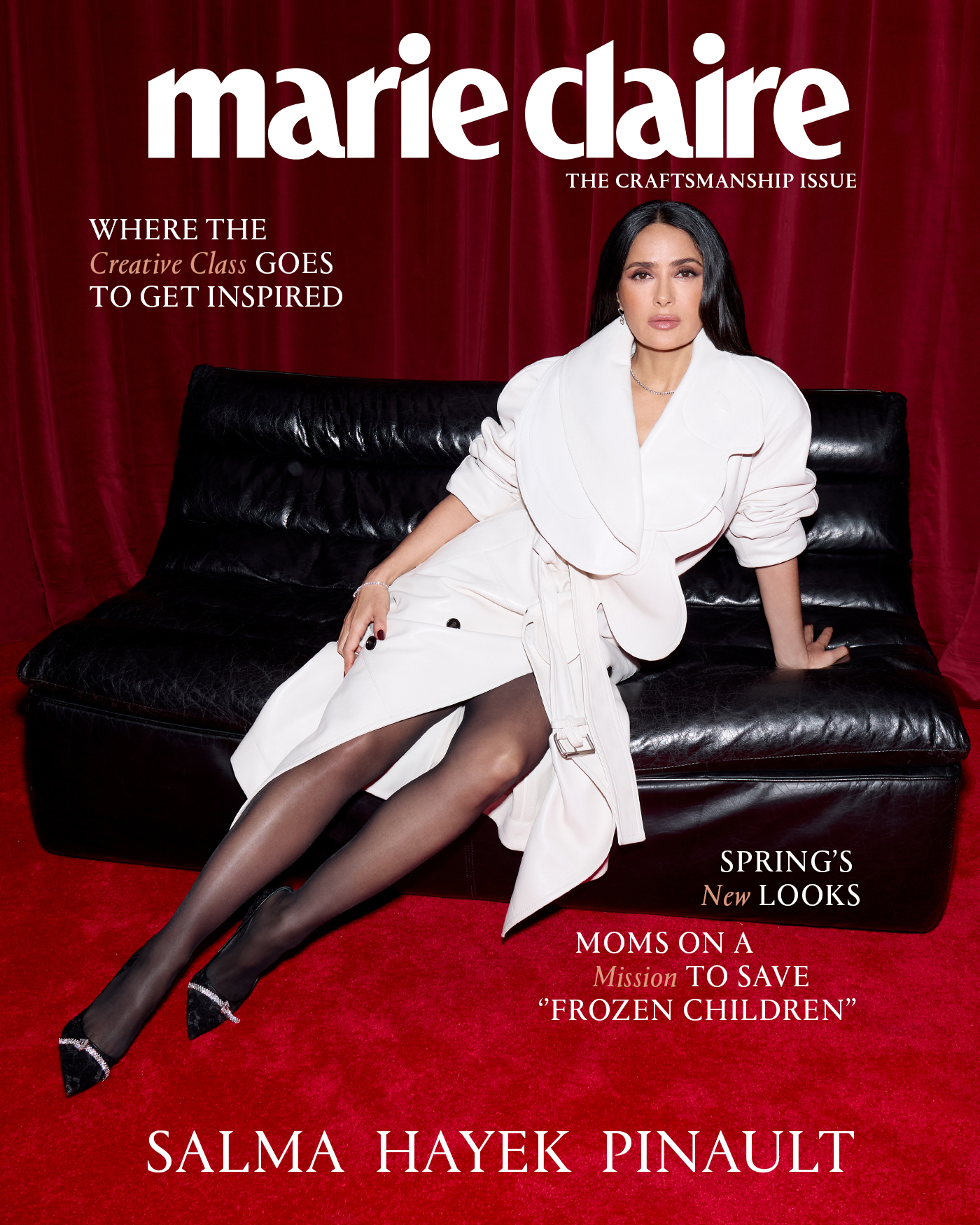Welcome to the Hairbrush Renaissance
Never mind the cheap drugstore options you have stashed in a drawer. The latest wave of beautifully crafted brushes are a return to a bygone era of beauty.
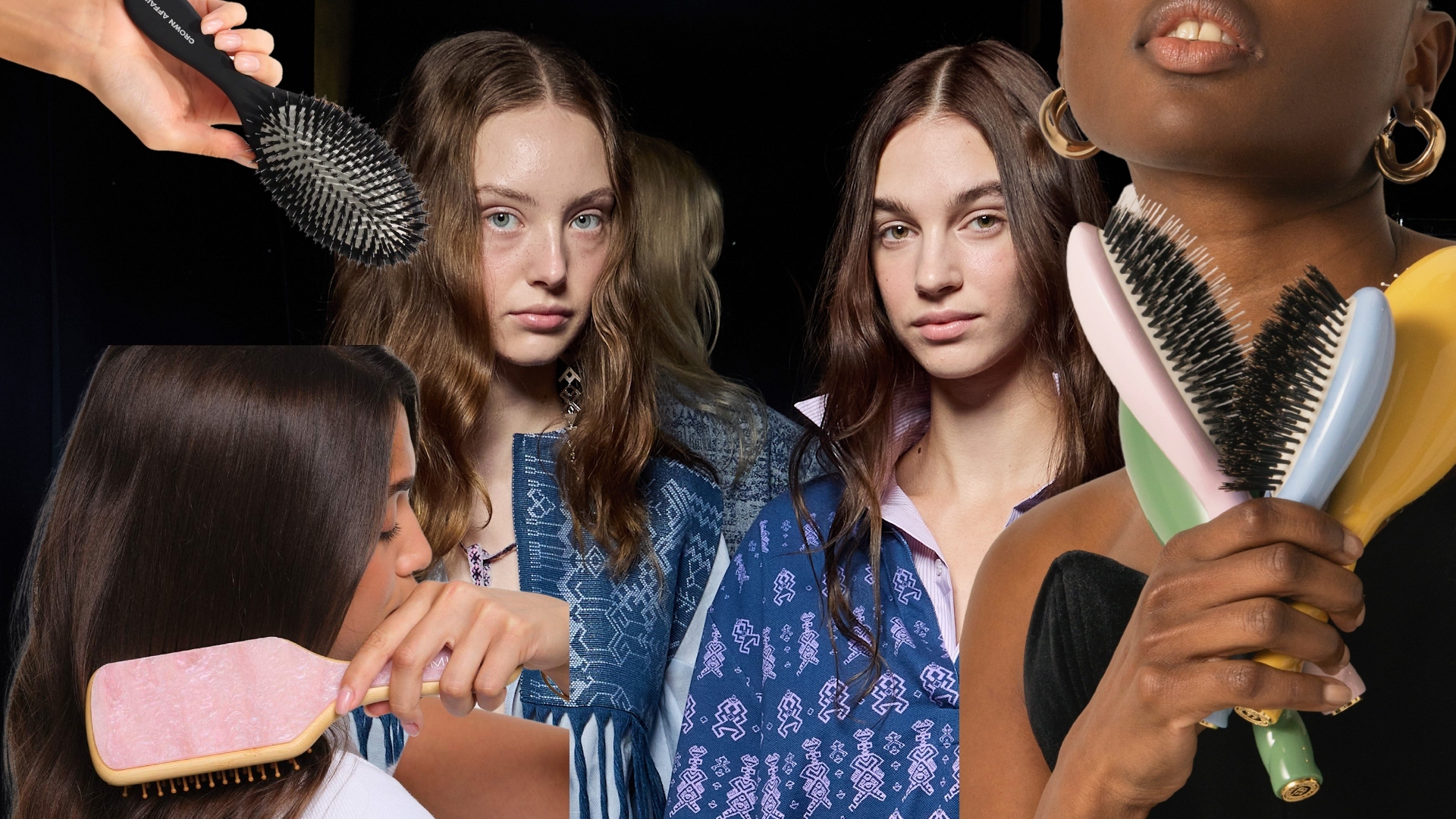
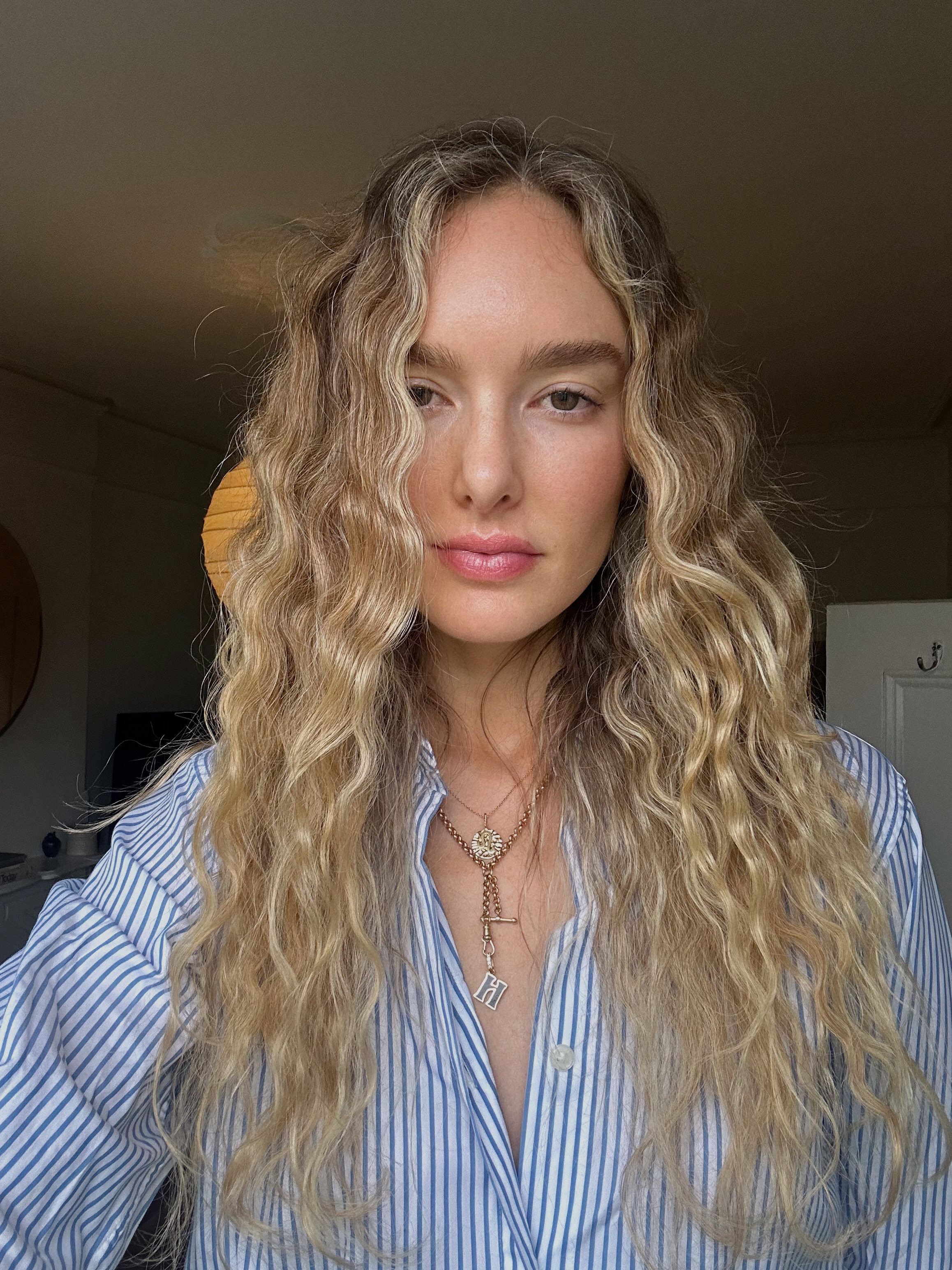
Styling your hair can often resemble a visit to NASA rather than a self-care ritual. Blowdryers boast supersonic engineering while flat irons feature trademarked heat-protectant technology. Flashy chrome accents and a range of customizable attachments have elevated the curling, straightening, and smoothing processes to the pinnacle of high-tech innovation.
Yet the hairbrush, with its straightforward facility—and lack of power cords—is proving to be the year’s most in-demand hair accessory, an elegant reminder of the industry’s return to “slow beauty,” and push towards more conscious consumerism. “I love innovation, and all these tools and gadgets are so fun, but there’s something about the simple foundational things that change the way we feel,” says Dianna Cohen, founder of the haircare company Crown Affair.
Brushes have been a staple of human grooming for thousands of years. The contemporary kind, in the style of a paddle, handle, and bristles, found its footing, like so many categories of beauty, in France. “All the royal courts were very fond [of] beauty and fragrance, but also about brushing tools and combs,” says Pauline Laurent, one of the cofounders of hairbrush company La Bonne Brosse. “You had very lovely objects in silver and ivory, that were like a collection.”
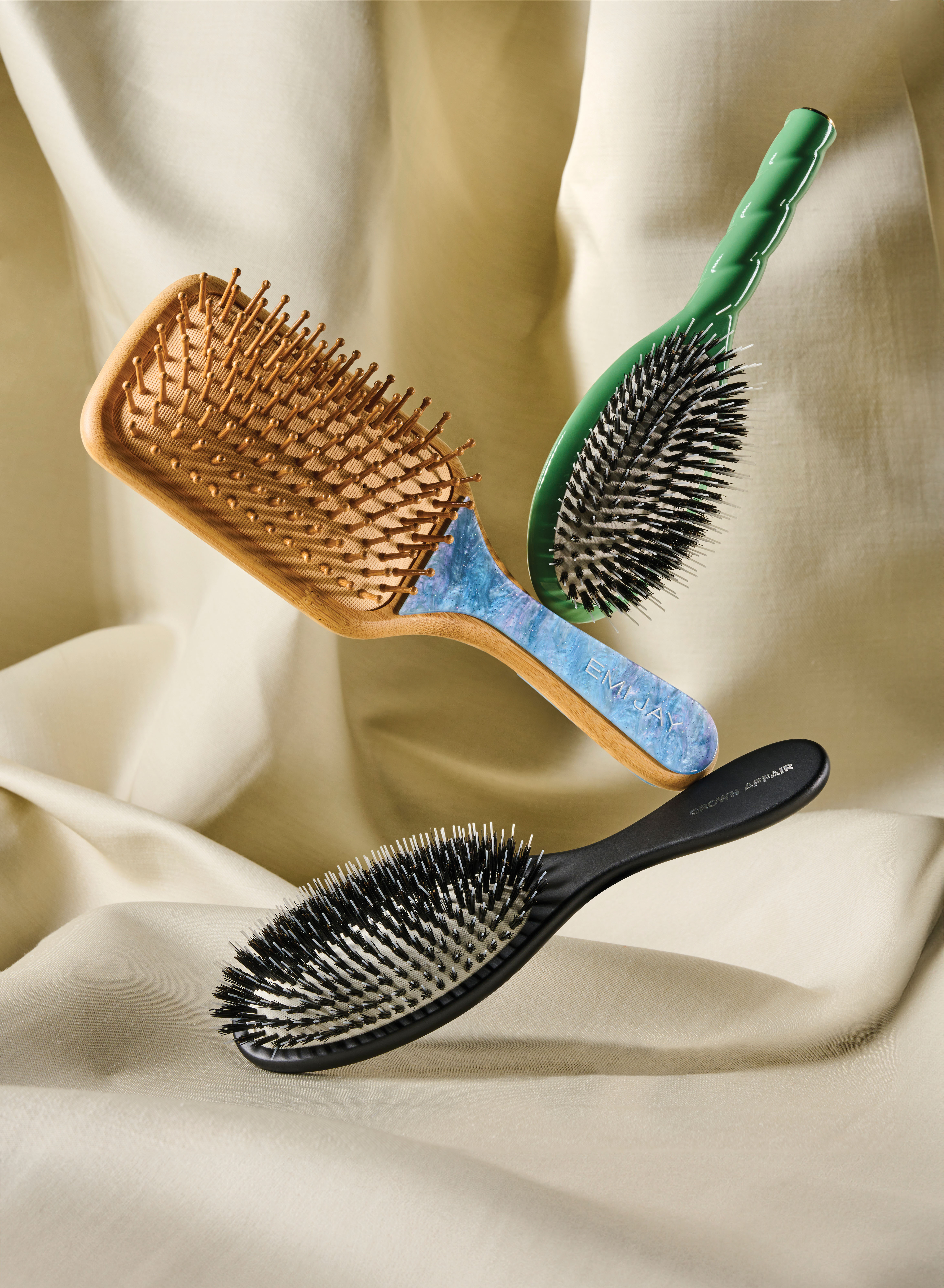
From top: La Bonne Brosse No. 2 The Care & Detangling Hair Brush, $168: Detangle and massage your scalp with a luxury Parisian paddle made with 100-percent keratin boar bristles. Emi Jay Bamboo Paddle Brush, $48: A plastic-free, zero-waste style that glides through your hair to distribute natural oils for a high-shine finish. Crown Affair The Brush No. 001, $98: Elegance meets performance with a handcrafted dual-bristle brush.
But then came the 20th century and the arrival of plastics like ABS (acrylonitrile butadiene styrene) and PVC (polyvinyl chloride), which allowed the tool to become mass produced, effectively erasing many of the handcrafted techniques and traditional materials that made the item feel so special.
Now, a variety of brands are leaning back into the art of the brush. Like Laurent, who notes that the goal of La Bonne Brosse, which she founded with fellow beauty industry veteran Flore des Robert, is to create a tool that is just as eye-catching as an ancient brush but with a modern twist that appeals to in-the-know consumers. Think: stylish muted colors, chic branding, and a thoroughly Parisian sensibility. “Just surrounding yourself with things of good quality changes the perception you have of the usage,” des Robert says. “[It’s the] idea of going back to basics, streamlining, and rejecting some of these absolutely alien-looking things that are hard to use.” The plan worked—since launching four years ago, the brand has become social-media catnip for budding influencers, who often style the minimalist brushes alongside other flat-lay-friendly objects, like candles or bar soap; items that are also decidedly low-tech.
Julianne Goldmark, founder of hair brand Emi Jay, adds that most brushes used to be designed for men’s grooming, and did not prioritize the look or customization. “They’re utilitarian, and not the most feminine,” she says. Her goal with Emi Jay and its mini boar-bristle and flat brushes (in ivory, pink, baby blue, and tortoiseshell) is to provide a more sophisticated version of the everyday object, allowing it to spark joy even when it’s not being used. “If I walk into my bathroom and I have a tool out, I’m like, Gotta put it away,” she says. But Goldmark’s brushes are made to be put on display.
While a well-crafted brush can cost anywhere from $50 to $300 (the Mason Pearson boar-bristle brush—a longtime fan favorite—retails for $275), the hope is that a well-made tool will inspire more thoughtful purchases versus the mass-produced drugstore options that feel disposable after a year or two.
Stay In The Know
Get exclusive access to fashion and beauty trends, hot-off-the-press celebrity news, and more.
And more than just looking good, they’re good for your hair. When Laurent and des Robert created their company, it was important that they made a beauty tool that would prioritize their customer’s hair health first and foremost—through distributing natural oils to moisturize the hair shaft, stimulating the scalp, and improving blood flow—rather than styling.
Cohen’s five-year-old haircare brand features three wooden brushes, each containing different bristles for different hair concerns—boar for thin hair or styling, boar and nylon for scalp care, and wooden pins for detangling all hair types.
All three are striking in their utter simplicity, while offering more advanced features—namely, the array of bristle types—than many brushes of the past few decades. “I want the people who choose our products to feel a sense of joy and pride,” Cohen says. “Not only because it’s beautiful, but also [when they] use it, it reminds them to take care of their hair, and ultimately themselves.”
This article appears in Marie Claire's 2025 Craftsmanship Issue.

Hannah Baxter is the Beauty Director at Marie Claire. She has previously held roles at The Zoe Report, Coveteur, and Bust Magazine, covering beauty, wellness, fashion, and lifestyle. Her writing has appeared in Harper's Bazaar, Allure, The Cut, Elle, InStyle, Glamour, Air Mail, Vogue, Architectural Digest, Byrdie, Nylon and more. She is also the founder of Anxiety Beer, a bi-monthly newsletter about the intersection of culture and mental health. In her spare time you can catch her reading too many overdue library books, thrifting, or hanging with her hairless cat, Norman. You can find her on Instagram and TikTok @hannahbaxward.
-
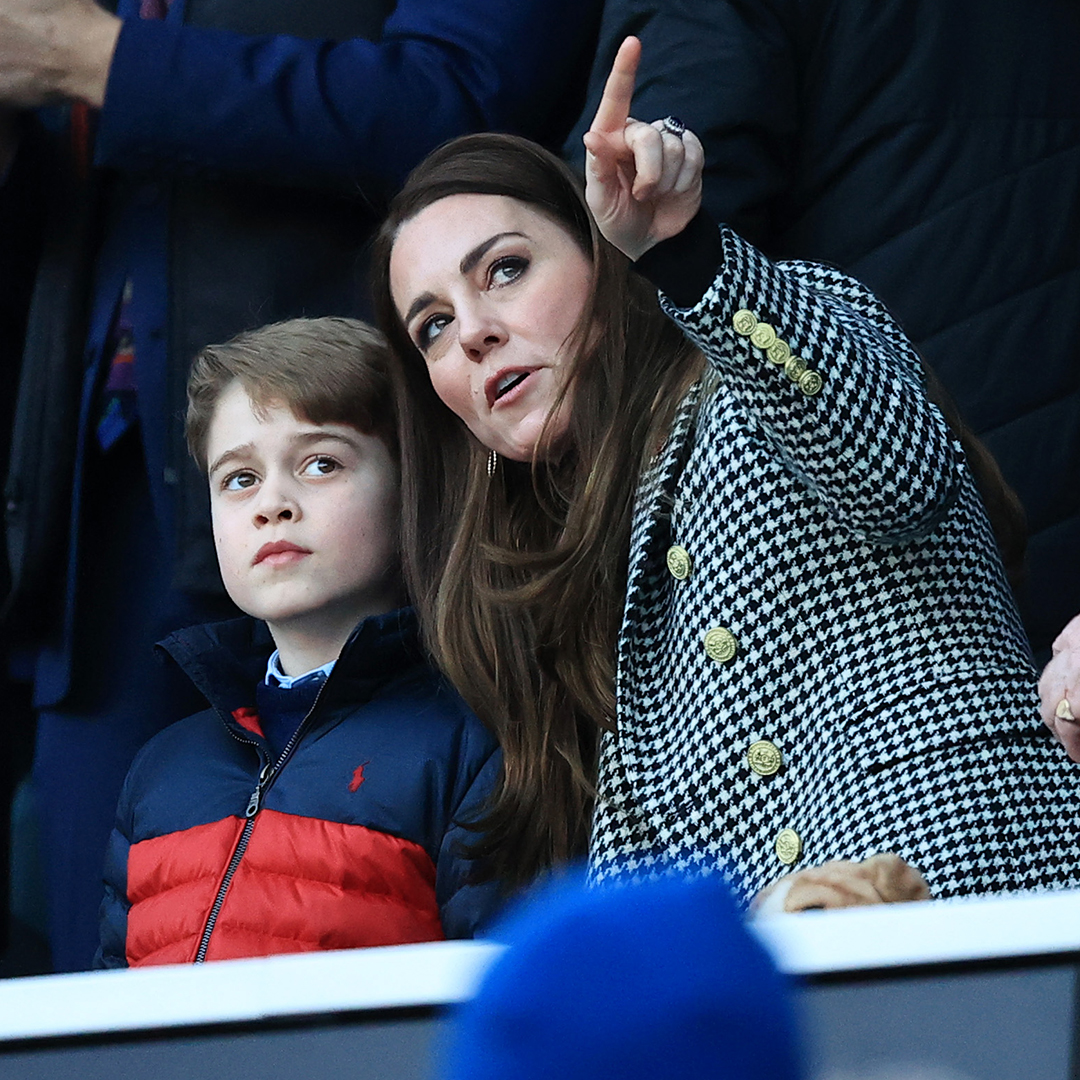 How Kate Middleton Is Influencing George's Fashion Choices
How Kate Middleton Is Influencing George's Fashion ChoicesThe future king's smart blazer is straight out of Princess Kate's style playbook.
By Amy Mackelden Published
-
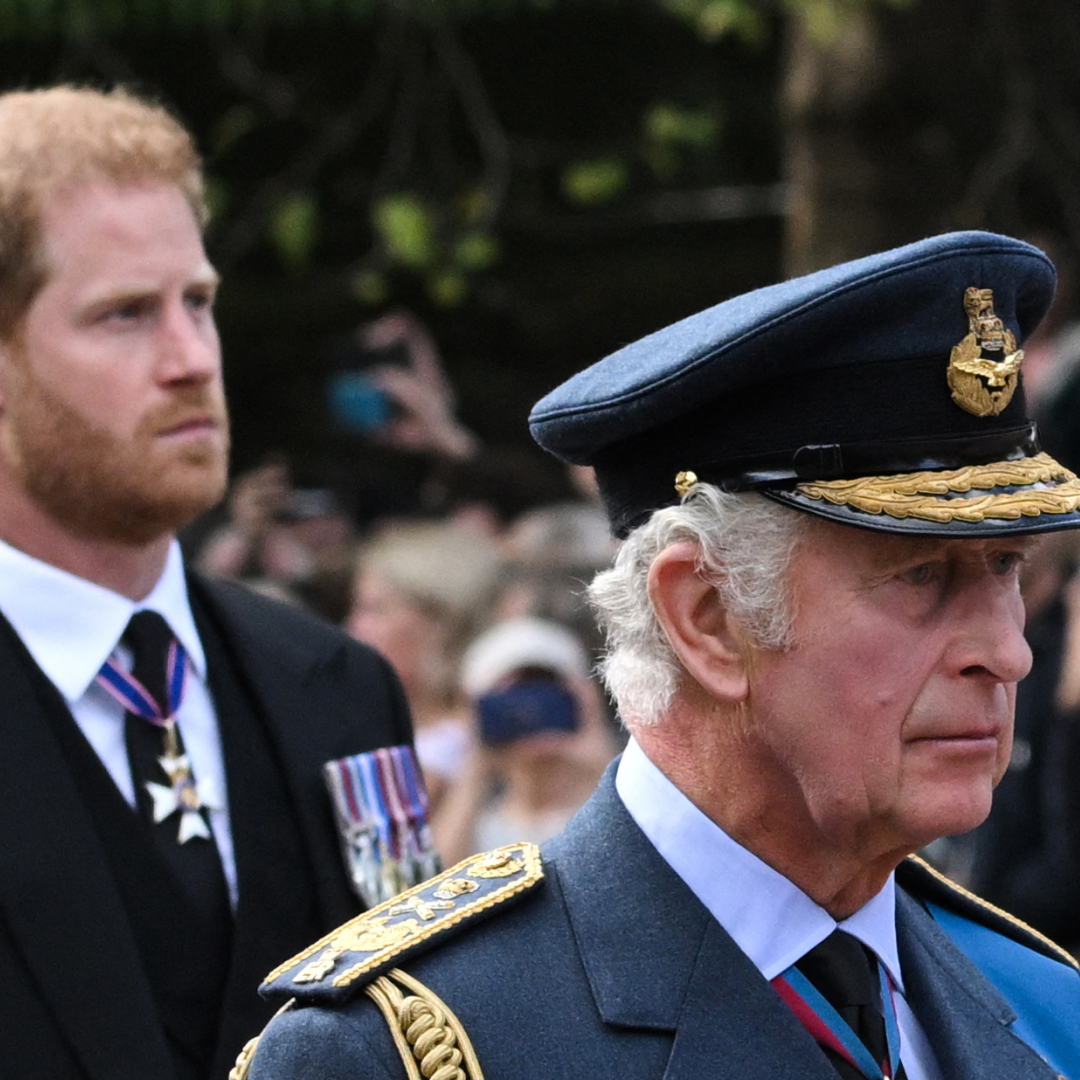 King Charles "Couldn't" Meet Prince Harry During U.K. Visit
King Charles "Couldn't" Meet Prince Harry During U.K. Visit"It could actually bring down a court case."
By Amy Mackelden Published
-
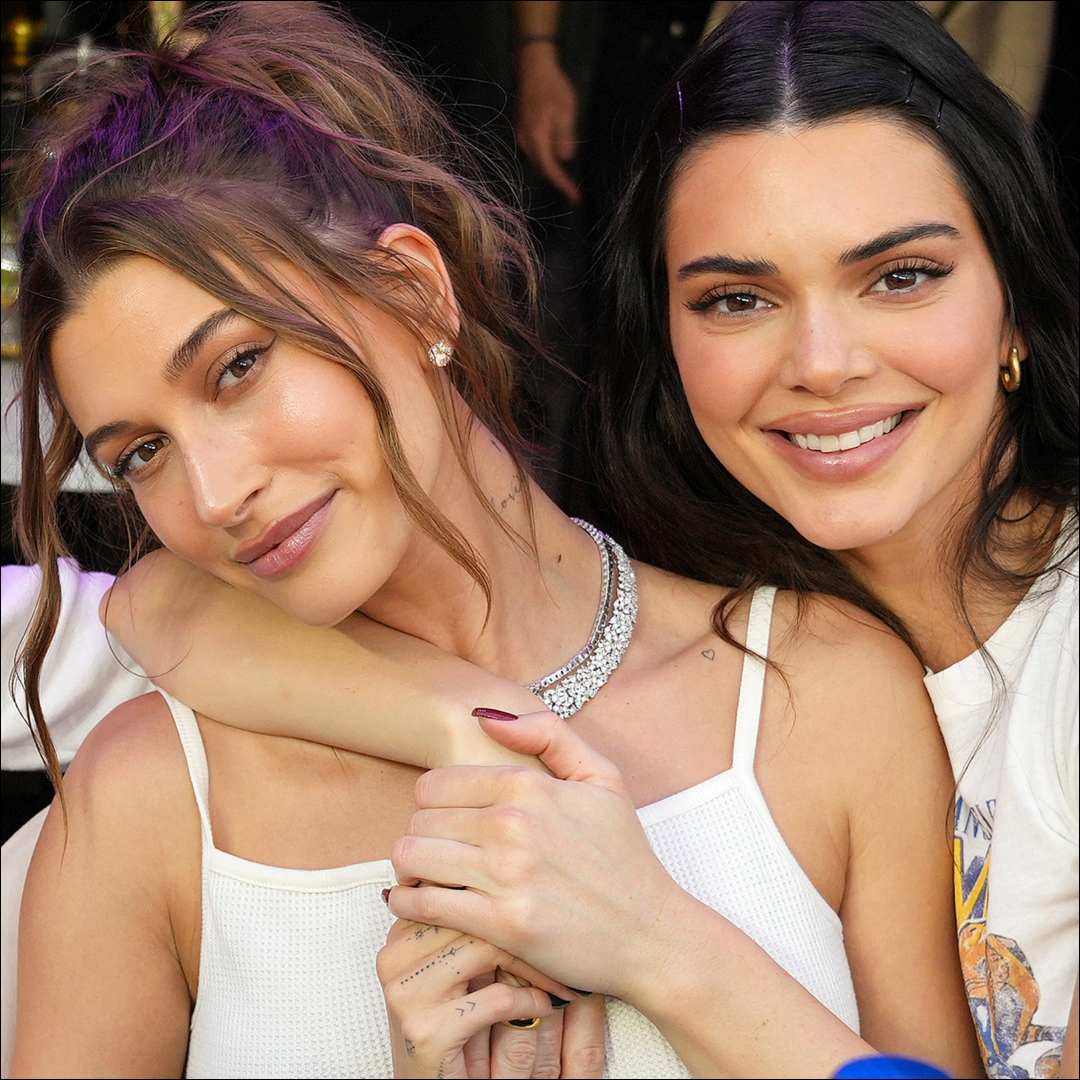 Hailey Bieber and Kendall Jenner Usher in Spring
Hailey Bieber and Kendall Jenner Usher in SpringBieber wore $450 heeled sandals, while Jenner opted for The Row's rubber flip flops.
By Amy Mackelden Published
